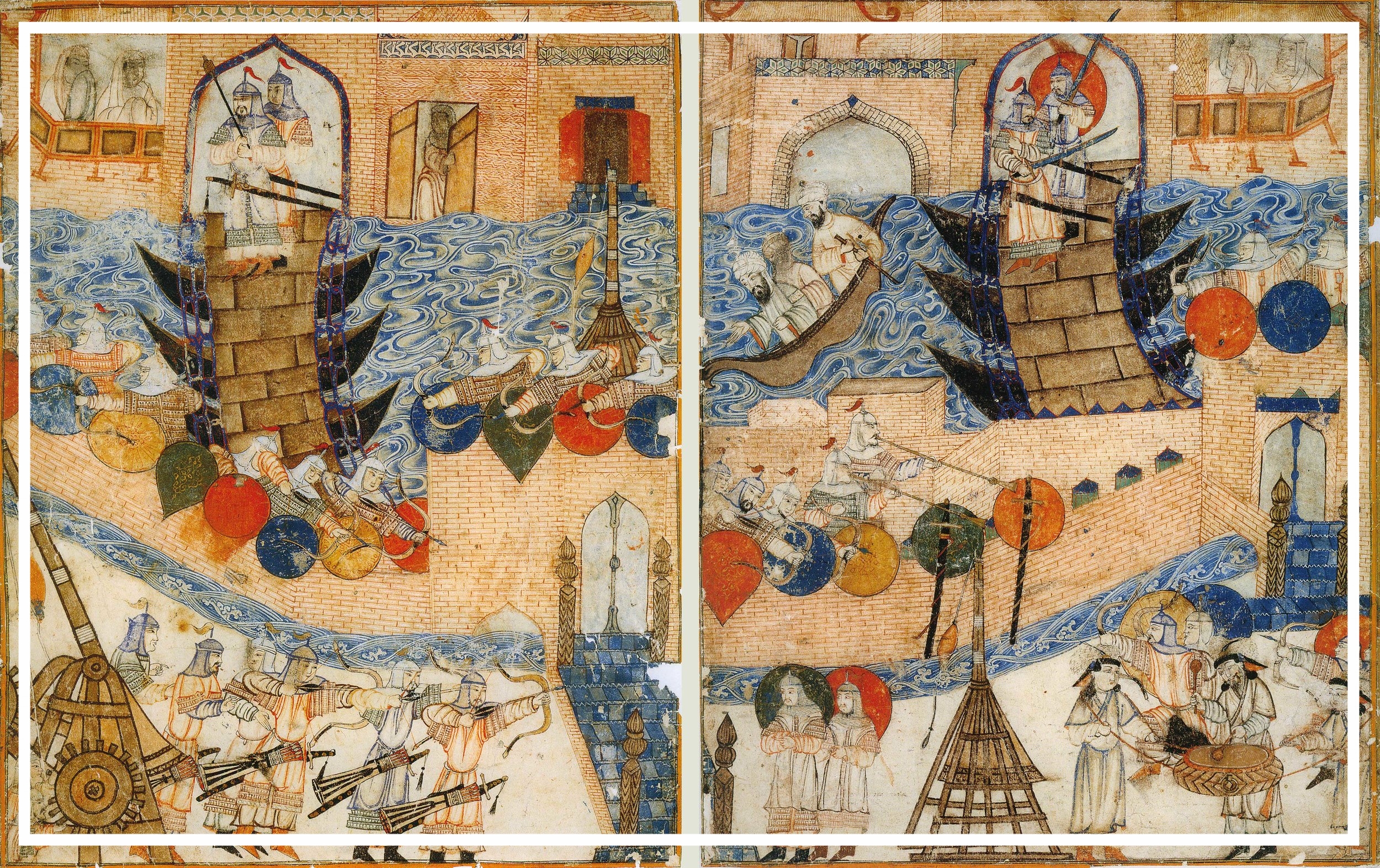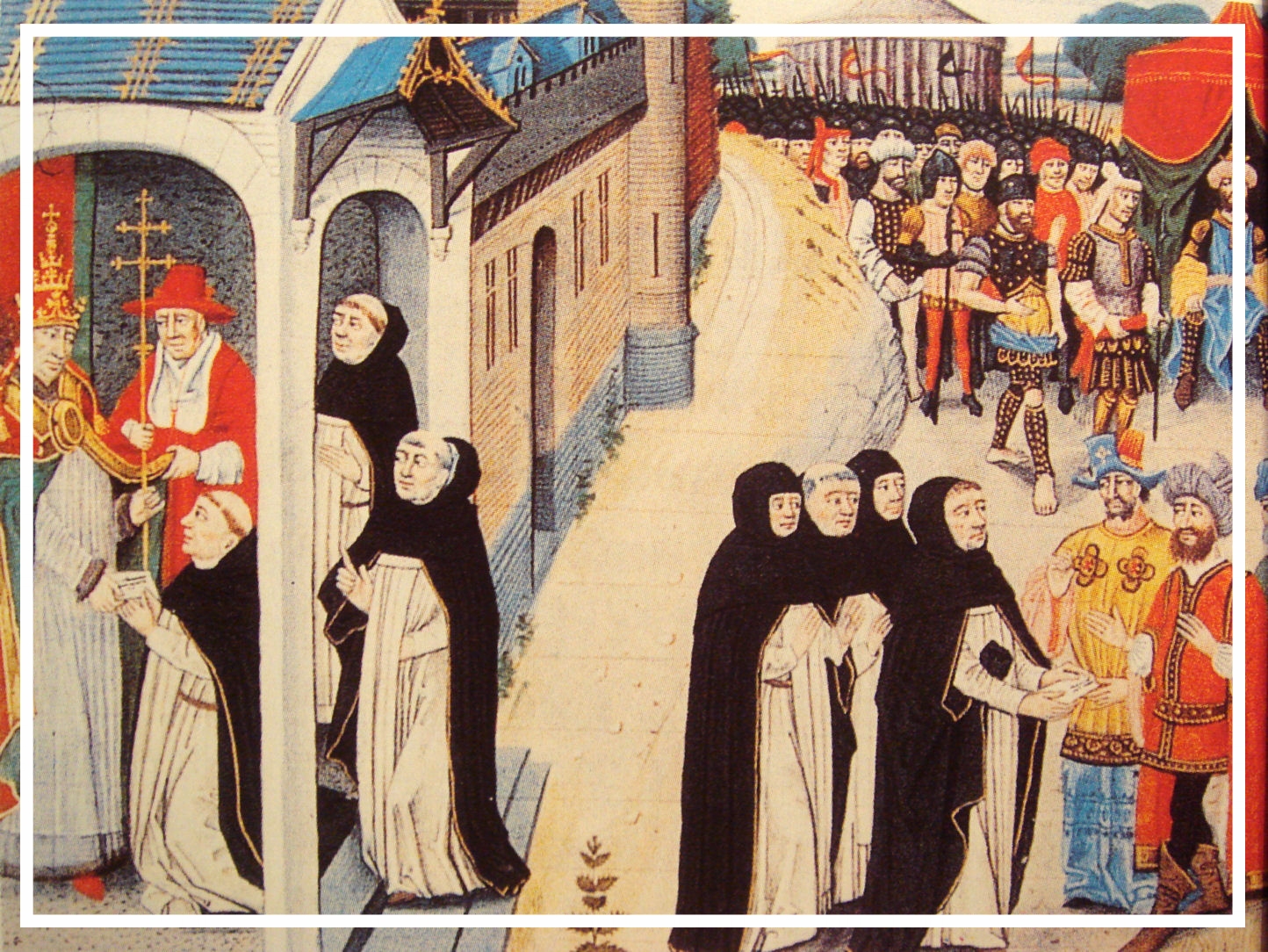The journey of Venice's most famous merchant and traveller begins today, but we won't see much of him in this episode. We'll look at Venice in the early 13th century and touch on the 4th crusade, Mediterranean-Asian trade, and the Pax Mongolica, before following the other Polos, Niccolo and Maffeo, east on their own little adventure. Enjoy!
(MP3)
If you like what you hear, my Patreon is here, my Ko-fi is here, and Paypal is here.
Sources:
The Travels of Marco Polo, the Venetian, translated by Willam Marsden, edited by Thomas Wright. George Bell & Sons, 1907.
The Mission of Friar William of Rubruck, translated by Peter Jackson. The Hakluyt Society, 1990.
Cathay and the Way Thither, Being a Collection of Medieval Notices of China, Vol. III, translated and edited by Henry Yule and Henri Cordier. London, 1916.
Abu-Lughod, Janet L. Before European Hegemony: The World System A.D. 1250-1350. Oxford University Press, 1989.
Ackroyd, Peter. Venice: Pure City. Chatto & Windus, 2009.
Ciociltan, Virgil. The Mongols and the Black Sea Trade in the Thirteenth and Fourteenth Centuries. Brill Academic, 2012.
Larner, John. Marco Polo and the Discovery of the World. Yale University Press, 1999.
Madden, Thomas F. Venice: A New History. Viking, 2012.
Olschki, Leonardo. Marco Polo's Asia. University of California Press, 1960.










